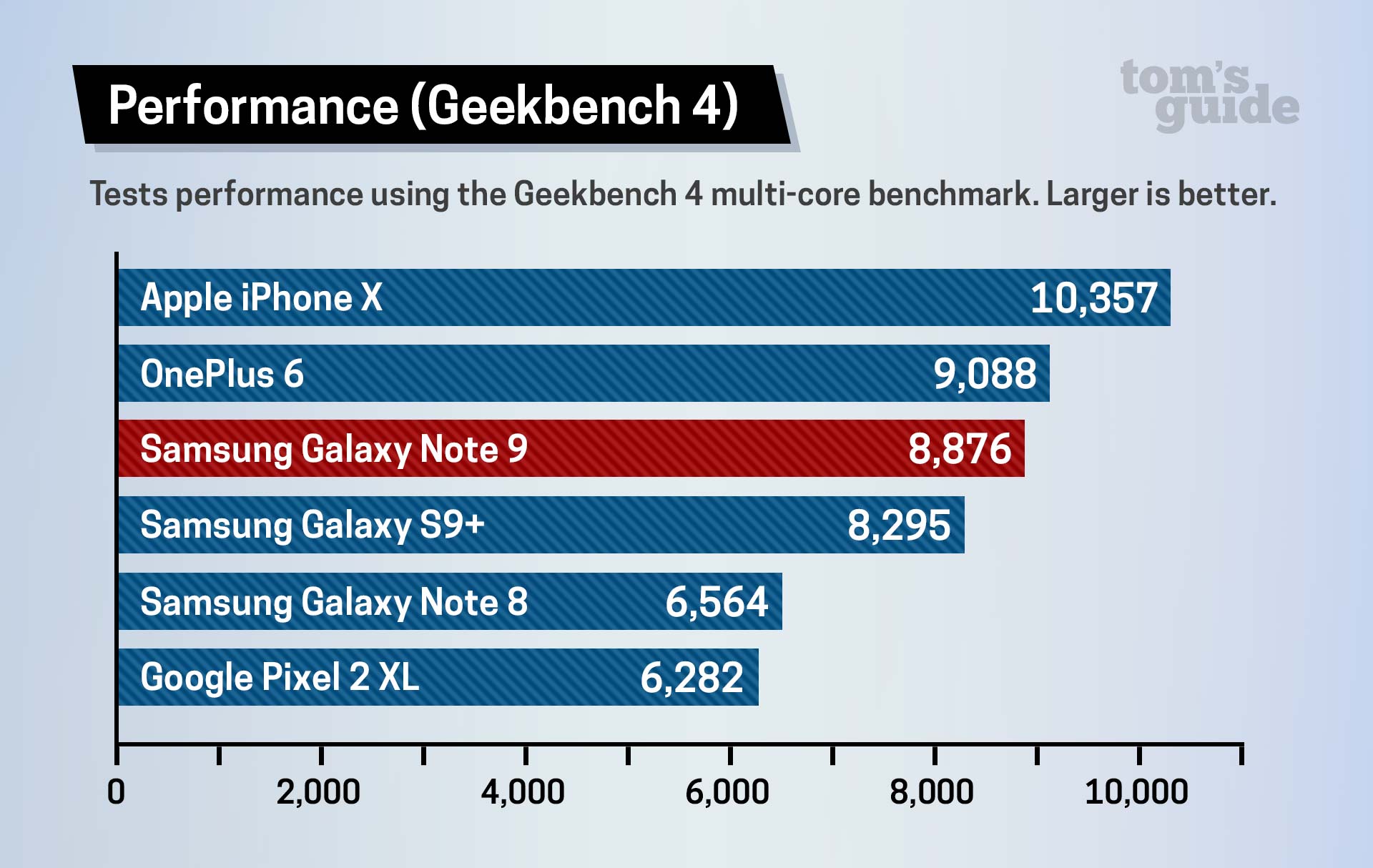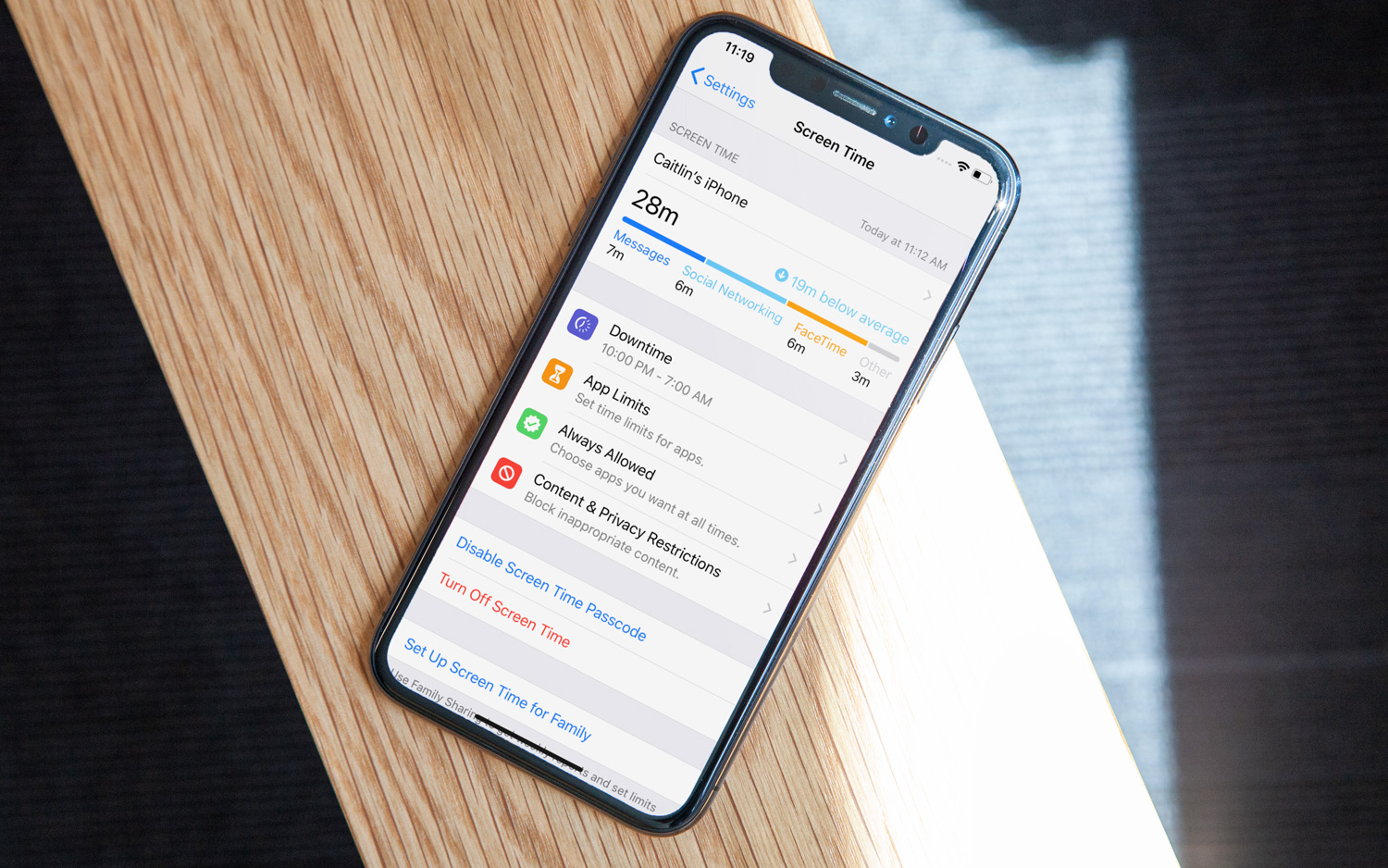7 Reasons Why the iPhone X Beats the Note 9
The Note 9 is a big-screen force to be reckoned with, but the iPhone X outshines Samsung's flagship in several ways.

If you're in the market for a big-screen phone, the 6.4-inch Samsung Galaxy Note 9 has pretty much everything you could ask for in an Android flagship.
In addition to a large canvas, the Note 9 offers a big battery that lasts nearly all day, a new AI camera for taking better photos and an improved S Pen that doubles as a remote control for the phone. In fact, the Note 9 beats the iPhone X in multiple ways.
But the iPhone X claims an edge over the Note 9 on other fronts, including performance, biometric security and software. Here's how Apple's flagship outshines Samsung's.
Faster performance
The benchmarks are in, and unsurprisingly, the Note 9 isn't as fast as Apple's flagship. The iPhone X's A11 Bionic chip is simply more powerful than the Snapdragon 845 processor inside Samsung's phone. On Geekbench 4, which measures overall performance, the iPhone X scored 10,357, compared with 8,876 for the Note 9.

On Slingshot Extreme, which measures graphics performance, the Note 9 hit 4,639, which was once again behind the iPhone X (4,994). Note that those Note 9 results came from the base model, which has 6GB of RAM, and you can expect better performance from the model with 8GB. But at that point, you're talking about spending $1,249 to close only some of the gap with the iPhone X.
Face ID
Samsung gives you a handful of options to unlock the Note 9, including facial recognition, iris scanning and a fingerprint sensor. But Apple keeps things simple with its easy-to-use Face ID.

The True Depth camera on the front of the iPhone X recognizes you instantly, and all you have to do to log in is stare at the phone and swipe up on the screen. The face scanning on the Note 9 isn't as secure because it's not 3D.
Sign up to get the BEST of Tom's Guide direct to your inbox.
Get instant access to breaking news, the hottest reviews, great deals and helpful tips.
AR Emoji and Memoji
Samsung didn't mention its AR Emoji a single time during the company's news conference for the Note 9, and there's a reason for that. To be fair, it's not a new feature; it debuted on the Galaxy S9.

But AR Emoji aren't worth bragging about, either, as Samsung's animated avatars don't offer the realistic facial movements that the iPhone X's True Depth camera does. With iOS 12, Apple is taking things to the next level with Memoji, personalized AR emoji you can customize any way you want and use in both the Messages app and FaceTime.
MORE: AR Emoji vs. Animoji: It's Not Even Close
No bezels
You may hate the notch in the iPhone X, but it allowed Apple to create a phone that has next to no bezel around its display. The screen on the Note 9 has bezels on both the top and the bottom. I wouldn't call it an eyesore necessarily, but it looks a bit less modern than Apple's handset.

In fact, aside from a slightly flatter backside and a centered fingerprint reader, you'd be hard-pressed to tell the Note 8 from the Note 9.
A smarter assistant
Based on our testing of Bixby on the Note 9, it still has a long way to go to catch up to not only Google Assistant but also Siri. For example, Samsung's assistant couldn't understand a request to book reservations at a couple of New York restaurants — one of the new features Samsung touts.

However, an attempt to book an Uber through Bixby worked well. The problem is that Bixby can be slow to respond and often mishears you. Siri sometimes has issues hearing what you said correctly as well, but at least at this stage, it remains more polished than Bixby.
More frequent updates
Whereas the new Android Pie is already available for the Google Pixel 2, the Note 9 ships with the old Android Oreo software, and there's no timetable for when the new OS will be available for Samsung's flagship. In the meantime, you'll miss out on Google's time-saving App Actions feature, new gesture controls and a better Recents screen.

When the new iPhones come out, they'll all be running iOS 12, and existing phones will be able to upgrade to iOS 12 with ease.
Easier-to-use interface
The iPhone X's gesture-based interface makes it easy to get around iOS. For example, you don't have to tap to make the home button appear when you're watching a movie; you just swipe up to go back to the home screen. Nor do you need to press a Recent Apps button to see your open apps; just swipe up from the bottom of the display.

It takes a little adjustment for those coming from earlier iPhones, but there's a reason why Google is adopting a gesture-based navigation system for Android Pie: It's simply better for full-screen phones.
Credit: Tom's Guide
Mark Spoonauer is the global editor in chief of Tom's Guide and has covered technology for over 20 years. In addition to overseeing the direction of Tom's Guide, Mark specializes in covering all things mobile, having reviewed dozens of smartphones and other gadgets. He has spoken at key industry events and appears regularly on TV to discuss the latest trends, including Cheddar, Fox Business and other outlets. Mark was previously editor in chief of Laptop Mag, and his work has appeared in Wired, Popular Science and Inc. Follow him on Twitter at @mspoonauer.

